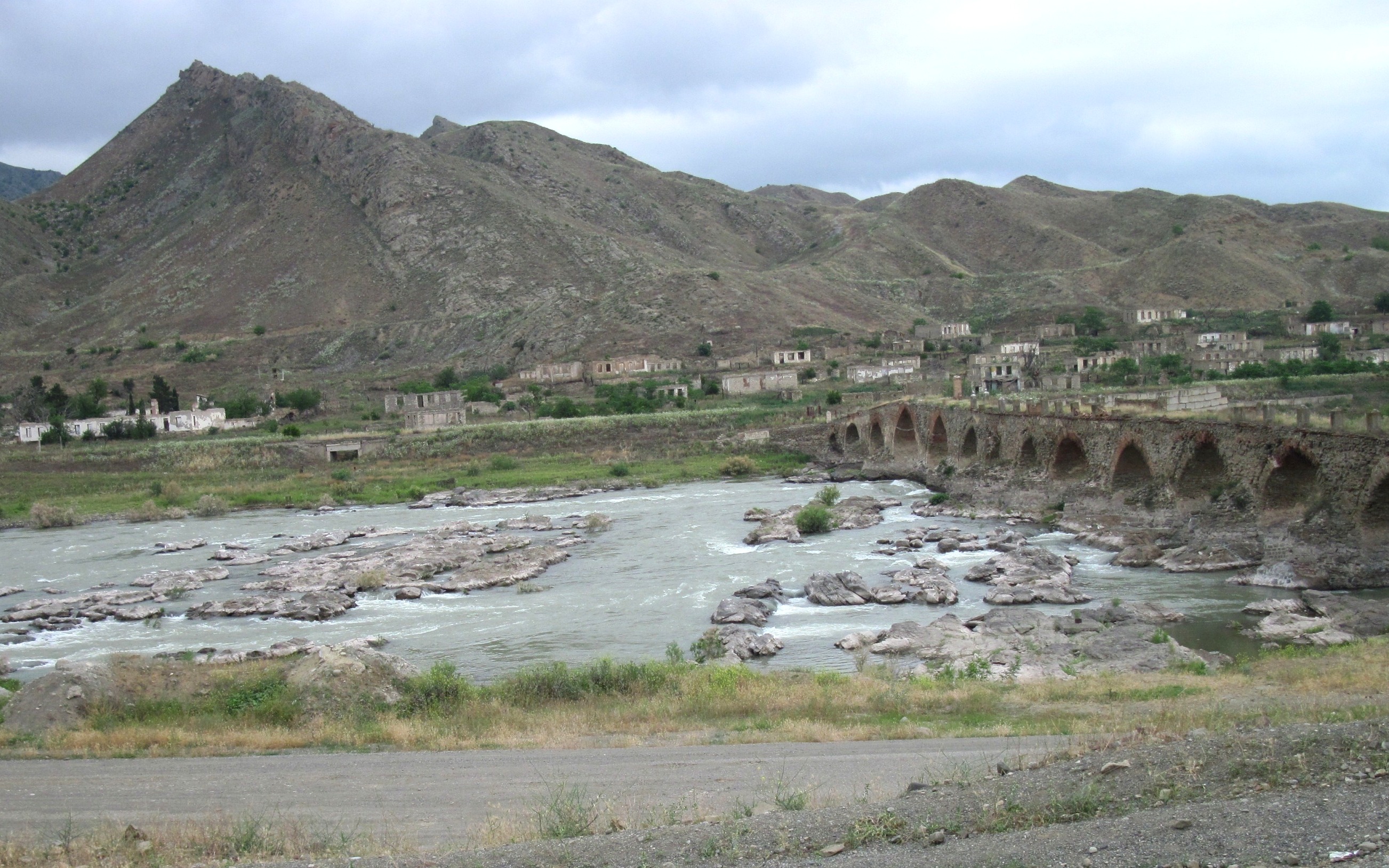Khomarlu on:
[Wikipedia]
[Google]
[Amazon]

 Khomarlu ( fa, خمارلو; also
Khomarlu ( fa, خمارلو; also

 Khomarlu ( fa, خمارلو; also
Khomarlu ( fa, خمارلو; also Romanize
Romanization or romanisation, in linguistics, is the conversion of text from a different writing system to the Roman (Latin) script, or a system for doing so. Methods of romanization include transliteration, for representing written text, and ...
d as Khomārlū) is a city & capital of Khoda Afarin County
Khoda Afarin County ( fa, شهرستان خداآفرین) is in East Azerbaijan province, Iran. The capital of the county is the city of Khomarlu. At the 2006 census, the county's population (as Khoda Afarin District of Kaleybar County) was ...
, East Azerbaijan Province
East Azerbaijan Province ( fa, استان آذربایجان شرقی ''Āzarbāijān-e Sharqi''; az-Arab, شرقی آذربایجان اوستانی) is one of the 31 provinces of Iran. It is located in Iranian Azerbaijan, bordering Armenia, ...
, Iran
Iran, officially the Islamic Republic of Iran, and also called Persia, is a country located in Western Asia. It is bordered by Iraq and Turkey to the west, by Azerbaijan and Armenia to the northwest, by the Caspian Sea and Turkmeni ...
. At the 2006 census, its population was 1,222, in 334 families.
Situation
The first reference to Khomarlu in the published literature, is the following description byRobert Mignan
Robert Mignan (1803 – 3 June 1852) was a British military officer, explorer, and author. He was fellow of the Linnean Society of London and member of the Royal Asiatic Society of Great Britain and Ireland.
Mignan entered the Bombay Army in 1819 ...
, "..the village of Khomorloo, situated upon a deep ravine, between steep calcareous and barren mountains. The dwellings of the villagers were scooped from the sides of a mountain, which formed three sides of each hut, the fourth being a wall of mud, in which an aperture of four feet square was left, and a few miserable planks tied together served for the door: the whole covered over by rafters, and a thin coating of flat thatch. They had the character of being plunderers and assassins, but excused their depredations by pretending that the whole country were at war with them. Had we not been with the prince, we dared not have trusted to their hospitality. They appeared the poorest people we had yet seen. Both sexes were clad in rags, and the children to the age of seven were tous nude. They possessed a few sheep and goats, and a good supply of grapes, which they had preserved all the winter...".
Online edition of the Dehkhoda Dictionary, quoting Iranian Army files, reports a population of 396 people in late 1940s. The village was infamous for having a branch of Royal Gendarme, which was tasked with conscripting soldiers. In the wake of White Revolution
The White Revolution ( fa, انقلاب سفید ''Enqelāb-e Sefid'') or the Shah and People Revolution ( fa, انقلاب شاه و مردم ''Enqelāb-e Shāh o Mardom'') was a far-reaching series of reforms resulting in aggressive moderniz ...
(early 1960s) a clan of Mohammad Khanlu
Mohammad Khanlu (Moḥammad-Ḵānlū) ( محمد خانلو) is one of the six major Tribes of Arasbaran. It is a Turkicized Kurdish tribe dwelling for the most part in the Arasbaran region, in East Azerbaijan Province of Iran. Its summer quarte ...
tribe, comprising 60 households, used Khomarlu as their winter quarters.
Just after the revolution, revolutionary institutions, such as Friday Prayer office, were set office in the village. In 1988 the notary branch of the district moved from Abbasabad to Khomarlu and added to the importance of the village. In 1999, Khomarlu was declared a town by the decree of central government. The construction of Khoda Afarin Dam in the vicinity of the village was a turning point in the development of the village and transforming it to a town.
The most important landmark near the town is a pair of historical bridges, known as Khoda Afarin Bridges
Khuda or Khoda ( fa, خدا) is the Persian word for "Lord" or "God". Originally, it was used in reference to Ahura Mazda (the name of the God in Zoroastrianism). Iranian languages, Turkic languages, and many Indo-Aryan languages employ the word. ...
. One bridge is in ruins but the other with a length of 160 m is still usable by pedestrians.
References
Populated places in Khoda Afarin County Cities in East Azerbaijan Province Kurdish settlements in East Azerbaijan Province {{KhodaAfarin-geo-stub